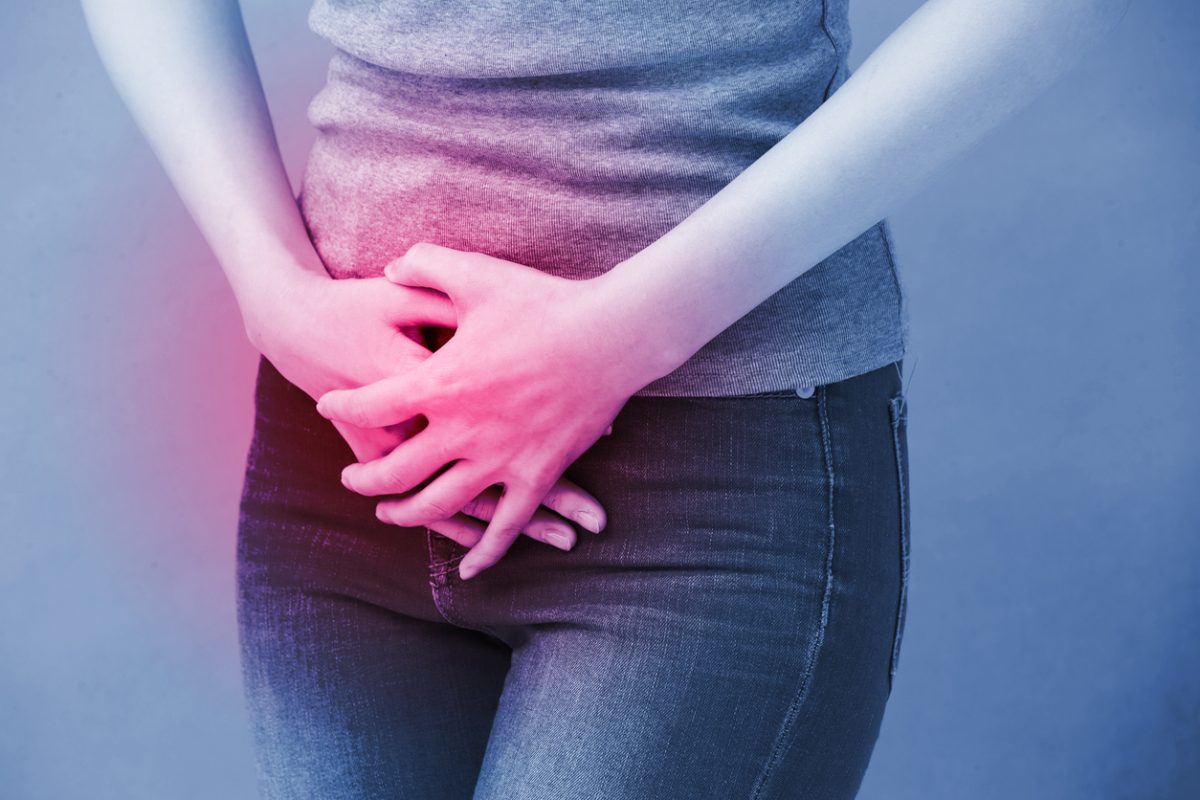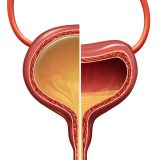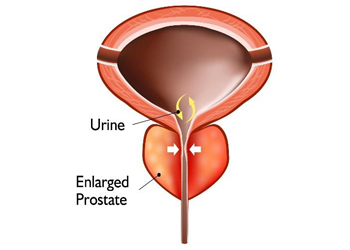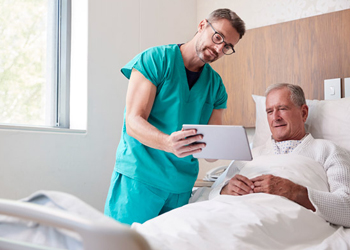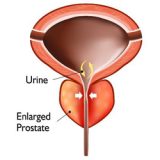

Fortunately, there are real, effective treatments available. The first step on your path to better wellness begins with understanding the signs and symptoms:
Signs & Symptoms of Overactive Bladder
- Urinating more than 8 times per day
- The urgent need to urinate
- Accidental leaking
- Waking up twice or more at night to go
- Staying close to bathrooms
- Avoiding fluids before bed
- Monitoring fluid intake
- Using pads and similar products
Treatments for Overactive Bladder
There are lots of reasons why people don’t seek treatment for OAB. Many people don’t think that anything can be done about it. Some assume that it’s actually normal as they get older. And others are simply too embarrassed to talk about it. In fact, less than half of adults living with OAB seek help for their condition1.
That’s unfortunate, because there’s a whole range of proven, effective treatments available, including some that you can do on your own, right now. Some of these options include…
- Changes in Diet – Acidic foods, spicy foods, sugar, caffeine and alcohol can all aggravate OAB symptoms. Some cause bladder irritation, others can increase your need to urinate, but they should all be monitored and limited.
- Pelvic Floor Exercises – Women who exercise the muscles in the pelvic floor can strengthen them enough to measurably improve their ability to control their bladders. It’s easy to do, discreet and effective.
- Bladder Retraining – Scheduling bathroom visits, delaying urination and keeping a bladder diary can all help you manage and improve how frequently and urgently you need to urinate.
- Medication – There’s a wide range of medications, including over-the-counter and prescription oral medications as well as injectables that can help improve bladder function for many patients.
- Neuromodulation – A therapy that uses gentle nerve stimulation thought to normalize bladder-brain communication.
The InterStim™ System
One of the most exciting therapies our office offers for the treatment of OAB is the InterStim™ system by Medtronic, one of the world’s leading healthcare innovators.
For more than 20 years, InterStim™ has been used to improve bladder and bowel function in more than 250,000 patients. One medical study found that 85% of patients who’ve had the system in place for a year saw significant improvement in their condition2,*. After 5 years, that rate was 82%, and 45% of patients with leaking had no leakage at all3,†. Device-related adverse events occurred in 30% of subjects post-implant. The most common device-related adverse effects were undesirable change in stimulation, implant site pain, and implant site infection.


How InterStim™ Works
InterStim™ is a form of neuromodulation called sacral neuromodulation that uses gentle nerve stimulation to correct the bladder-brain communication pathway to help restore* bladder function4,5.
How the Procedure is Performed
Unlike other bladder control treatments, InterStim™ lets you try it first with an evaluation. The evaluation is performed right in your doctor’s office and involves placing a lead (a thin wire) in the upper part of your buttock. The lead then attaches to a small external device worn discreetly under your clothes.
Most patients can tell within just a few days if it’s working for them, though some evaluations may take up to two weeks. After the evaluation period, you and your doctor will decide if the long-term therapy is right for you. If it is, your evaluation device will be replaced with an implantable device called a neurostimulator during a short outpatient procedure.
Important Considerations
It’s important to remember this therapy is not for everyone. This treatment is prescribed by your doctor. Please talk to your doctor to decide whether this therapy is right for you.
Implanting an InterStim™ system has risks similar to any surgical procedure, including swelling, bruising, bleeding and infection. In addition to risks related to surgery, complications from this therapy can include pain, infection, sensation of electrical shock, device problems, undesirable change in voiding function and lead migration, among others. Talk with your doctor about ways to minimize these risks.
A True Transformation
Of those patients who have found success with InterStim™, many have told us that it has truly transformed their lives. People who had lived for years with leaks and accidents have found they can once again control their bladders, rather than having their bladders control them. No more scheduling activities based on bathroom availability. No more sense that they have to go right now. And no more unpleasant accidents.
If you think InterStim™ might be right for you, our staff is available to discuss your particular condition and treatment options.
Talking With Your Doctor
For many patients, the hardest part of their treatment plan is getting started. It isn’t always easy to talk about incontinence, even with your physician, but it’s a necessary first step if you want to see results.
There’s no need to be embarrassed. Our medical staff works with OAB patients every single day, and we’re experts at making sure you’re comfortable having an open, honest conversation about the symptoms you’ve been experiencing.
Give us a call today at 760.295.9984 and we’ll help you develop a treatment program that’s right for you.


